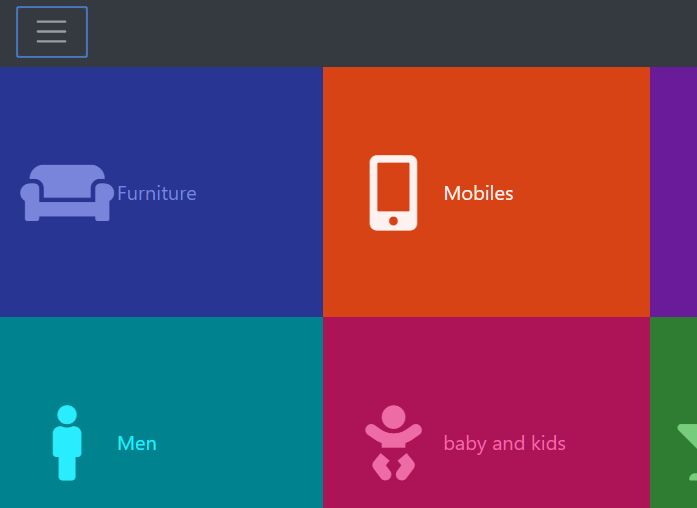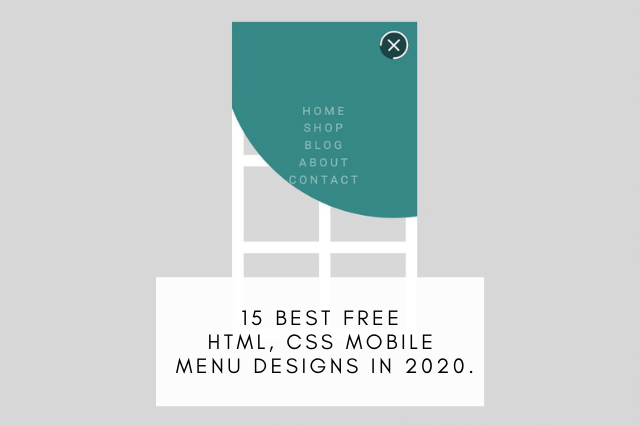

If you’re nervous about supporting both styles you can choose between them for your own site. All of the hover events and active events are pre-built with just a few CSS styles, but users who have images turned off will not be able to experience these effects! This is why I’ve also constructed a similar looking menu with CSS gradients, rounded corners, and box shadows. The first is built using custom background images and proper CSS alignments. Ultimately we want to provide our best user experience for all users, regardless of their Operating System or browser software, thus I’ve built 2 different code examples to support graceful degradation among older browsers. You can view their menu on the Gmail support page to get an idea of where we’re heading. In this example we will be recreating a similar style as the Google support menu. Our styles will utilize much more complex CSS properties than most examples, yet our bare-bones template is still in place to guide users from one page to another.

This has been tested to work in all major CSS3-compliant browsers, even older browsers which don’t support CSS3 will still render it properly in most cases.īefore we dive into code we’ll talk a bit about the functionality of our breadcrumb, full tutorial at a jump!Ī breadcrumb trail is no more complex than any other menu. In this tutorial we’ll be creating a brilliant breadcrumb navigation menu with some CSS3 effects. You’ll be able to display all the previous link paths as the user traverses your site hierarchy. Breadcrumb offers similar functionality with the added benefit of tracking your current position. These are the only outlets for users to travel between pages and interact with all the content you’ve created. Navigation menus and links are possibly the most important interface elements to a web layout. Click here to see more articles from the same series. This article is part of our "HTML5/CSS3 Tutorials series" - dedicated to help make you a better designer and/or developer.


 0 kommentar(er)
0 kommentar(er)
